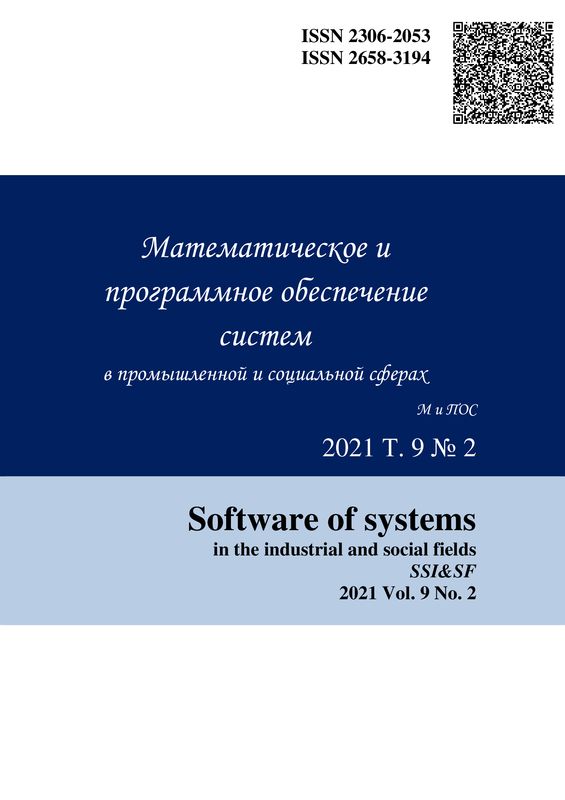Abstract
Given certain restrictions on the number axis complex– periodic function. These are almost all periodic functions encountered in technical applications. It is proved that in spite of appropriate conditions expandability via Fourier integral such functions can not be decomposed into a continuous spectrum of harmonics. It is shown that a periodic function on the real axis can not be represented as a Fourier integral. It is proved that bounded on the axis of a periodic function has no harmonics in its zero values. It is shown that a rectangular pulse function can be represented as a quasi-periodic and therefore not subject to degradation by the Fourier integral, and its spectrum ( if it exists ) does not depend on the size of the virtual period, this conclusion, in particular, apply to the step Hevisayt function. It is proved that a rectangular pulse function is decomposed into harmonics, not counting the zero harmonic, equal to the value itself rectangular pulse function, which consequently can not be decomposed by harmonic step Hevisayt function and d– Dirac function. It is shown that bounded on the real axis harmonic function can not be decomposed into a continuous spectrum of harmonics by the Fourier integral.
Keywords
Fourier integral, harmonics, period, discrete spectrum, decomposition.





